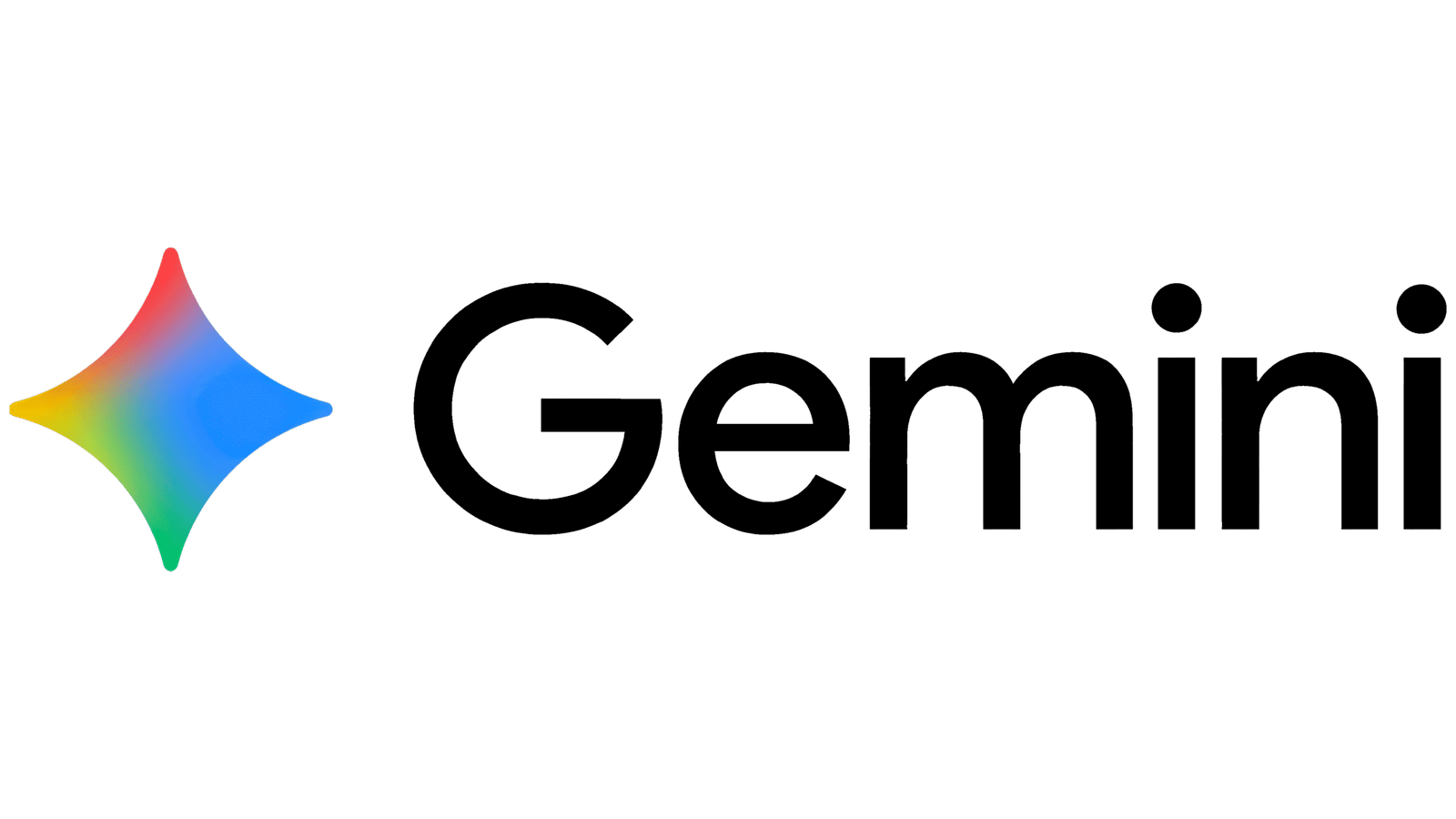In a put up on X this previous weekend, Quinn Thompson, Chief Funding Officer (CIO) of Lekker Capital, declared that Ethereum (ETH) is “utterly lifeless” as an funding. His feedback sparked a flurry of responses from distinguished figures within the crypto trade, together with Nic Carter of Citadel Island Ventures, Columbia Enterprise Faculty professor Omid Malekan, and VB Capital’s Scott Johnsson.
Thompson, who oversees investments at Lekker Capital, set off the debate with a put up stating: “Make no mistake, ETH as an funding is totally lifeless. A $225 billion market cap community that’s seeing declines in transaction exercise, consumer progress and charges/revenues. There isn’t any funding case right here. As a community with utility? Sure. As an funding? Completely not.”
He additionally shared a set of metrics to underscore Ethereum’s current stagnation, together with information on lively addresses, transaction counts, and new handle creation.

Is Ethereum ‘Lifeless’ As An Funding?
The provocative assertion attracted speedy responses from distinguished voices throughout the crypto ecosystem, triggering a debate over Ethereum’s financial and funding thesis, and particularly, the affect of Layer 2 (L2) scaling options on Ethereum’s native token economics.
Nic Carter, associate at Citadel Island Ventures and co-founder of blockchain analytics agency Coinmetrics, swiftly responded, pinpointing Ethereum’s valuation dilemma squarely on the toes of its Layer 2 scaling implementations:“The #1 explanation for that is grasping eth L2s siphoning worth from the L1 and the social consensus that extra token creation was A-OK. Eth was buried in an avalanche of its personal tokens. Died by its personal hand.”
Thompson bolstered Carter’s criticism by suggesting that Ethereum’s group consensus had inadvertently favored token proliferation as a wealth-generation mechanism, in the end undermining ETH’s funding narrative: “The social consensus amongst .eth’s in favor of extra tokens was as a result of the creation of infinite L2s, staking, restaking, DA, and many others and many others all enriched their pockets on the best way up however nobody needs to face the music now that the market is saying that was a mistake.”
Nonetheless, this viewpoint was contested by Omid Malekan, professor at Columbia Enterprise Faculty and specialist in cryptocurrency and blockchain know-how since 2019. Malekan underscored Layer 2s’ crucial function in blockchain scalability and argued that any value-extraction by these secondary layers was not inherently detrimental to Ethereum’s foundational token economics: “L2s are the one viable option to scale any blockchain. Whether or not their tokens seize worth or not is a separate query. However it may’t be that L2s ‘siphoned worth from ETH’ but didn’t seize worth themselves. Safety shouldn’t be free.”
Malekan additional challenged Thompson’s declare by questioning whether or not Ethereum might realistically develop into the primary instance in historical past of a extensively adopted technological community whose utility didn’t generate any significant monetary return: “Is Ethereum going to be the primary community ‘with utility’ in fashionable historical past the place the community results aren’t monetized? Are you able to present some other examples of this taking place?”
In response, Thompson clarified his argument, highlighting that monetization is certainly occurring throughout the Ethereum ecosystem, however not sufficiently accruing to ETH itself to validate the cryptocurrency’s present market capitalization. He illustrated this level with an analogy: “There’s tons of community results being monetized in every single place, simply not sufficient to ETH to justify its present valuation. Do all of the community results of the oil community and utilization of oil accrue to grease?”
Nonetheless, the oil analogy drew skepticism from Scott Johnsson, Basic Associate at VB Capital, who critiqued Thompson’s comparability attributable to Ethereum’s distinctive tokenomics, notably its deflationary token burning mechanics influenced straight by community utilization:
“I don’t disagree along with your directional name, however I feel this analogy falls flat. ETH ‘manufacturing’ is inversely correlated with utilization, which is actually not the case with oil. In order oil value will increase, there’s a demand response and a provide response. With ETH, it’s restricted to the demand response. If ETH consumption appears like barrel consumption, then the worth of ETH is much extra prone to accrue worth.”
But Thompson continued to disagree with Johnsson’s evaluation, arguing that historic patterns don’t essentially assist the declare of inverse correlation between Ethereum manufacturing and utilization: “I disagree. We’ve by no means seen a sustained time period the place ‘ETH manufacturing is inversely correlated with utilization.’ Clearly, the ‘manufacturing’ mechanics differ from oil, however equally excessive ETH value is prohibitive to demand, therefore L2s and cheaper different L1s.”
Acknowledging a potential misunderstanding, Johnsson clarified he was not predicting future Ethereum utilization eventualities, emphasizing as an alternative the theoretically inverse relationship between token burn and transaction quantity underneath the present Ethereum community design: “I feel we’re speaking previous one another a bit. I don’t assume it’s debatable that if ETH utilization will increase that it leads to more burn and fewer inflation (manufacturing). I’m particularly not making future predictions on that utilization. In any occasion, your final level is okay imo as a result of the demand facet is so delicate to actually any price.”
At press time, ETH traded at $1,793.

Featured picture created with DALL.E, chart from TradingView.com
Editorial Course of for bitcoinist is centered on delivering completely researched, correct, and unbiased content material. We uphold strict sourcing requirements, and every web page undergoes diligent evaluation by our group of high know-how specialists and seasoned editors. This course of ensures the integrity, relevance, and worth of our content material for our readers.


